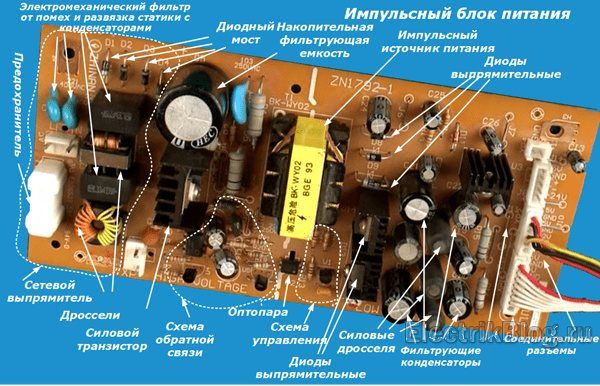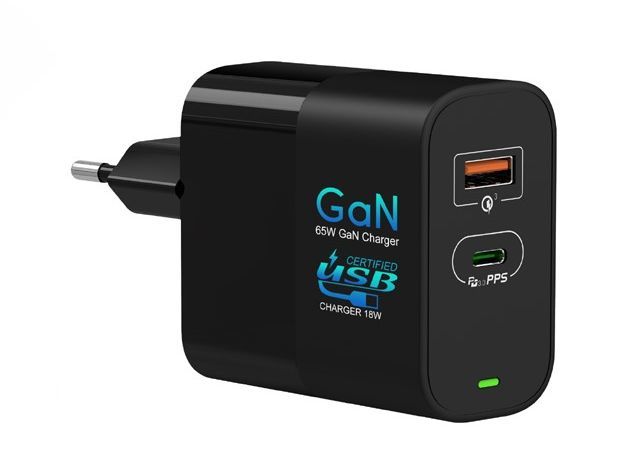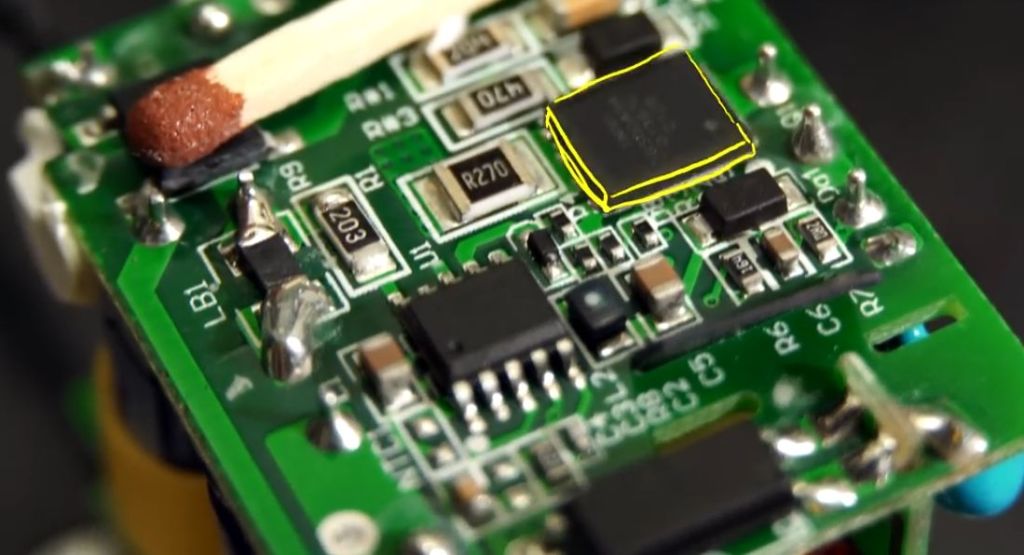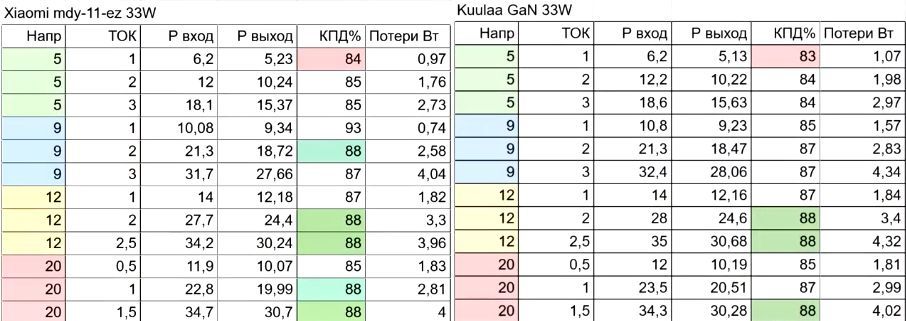In the field of power supplies, a revolution is taking place, and its name is GaN transistors. This is an interesting technology, but is it really superior to traditional power supplies based on silicon transistors? Could it be that GaN chargers are mostly marketing? After all, on average, GaN chargers are sold at a higher price than traditional silicon-based power supplies of similar capacity.
How do switching power supplies and chargers work?
All modern power supplies for smartphones, tablets, and laptops are built on the principle of switching. They deliver energy from the socket to your device in pulses. This happens thousands of times per second, allowing for very small portions of energy. As a result, smaller components can be used. That’s why switching power supplies are compact (transformer-based power supplies operate at a low frequency of 50 Hz, like the socket, so they are large and heavy for the same power).
To achieve this switching of energy in a switching power supply, a power transistor is used. The transistor turns on and off a microchip that, through feedback, ensures a stable voltage (5, 9, 12, 20 volts) at the output of the power supply connected to your device.
Transistors have certain characteristics, and one of them is the maximum switching frequency. Using silicon transistors, there is a limitation on the minimum size of such a power supply for a given power.
Only by increasing the transistor’s operating frequency can the components of the power supply be reduced while maintaining its power. Gallium nitride (GaN) transistors can switch on and off much faster than silicon transistors, with hundreds of thousands of hertz for GaN compared to tens of thousands of hertz for silicon transistors.
What are GaN chargers?
GaN chargers are chargers that use transistors based on gallium nitride (highlighted in yellow in the image below).
GaN provides better thermal and energy efficiency compared to silicon. It has a higher temperature threshold and much higher electron mobility compared to silicon. GaN also has a wider bandgap, which is nearly three times larger than that of silicon, allowing it to conduct electrons at higher voltages.
As a result, GaN transistors perform exceptionally well in situations where a large amount of energy needs to be rapidly transferred, such as in fast chargers for phones or laptops.
Due to the higher operating frequency, GaN chargers can be significantly more compact than traditional silicon-based chargers. Some GaN chargers can weigh up to 40% less than a silicon power block of the same capacity.
GaN-based chargers are becoming the foundation for universal high-powered chargers capable of rapidly charging multiple phones and laptops simultaneously. We see GaN chargers reaching 200W and quickly charging up to six devices simultaneously, which is unprecedented for silicon-based chargers.
GaN Charger Issue
The advantage of compactness in GaN chargers comes with a potentially dangerous drawback. The dense component placement leads to excessive heating that approaches dangerous levels.
Tests by blogger Lisin YT show that GaN chargers can heat up almost one and a half times more than silicon chargers. This refers to the temperature of the casing, and plastic poorly conducts heat. The temperature of the components inside will be higher by 30-50 degrees Celsius.
![]() Other reviews show that some GaN chargers can heat up to the point where even the plastic casing reaches temperatures above 100 degrees Celsius.
Other reviews show that some GaN chargers can heat up to the point where even the plastic casing reaches temperatures above 100 degrees Celsius.
The temperature above 100 degrees Celsius is considered critical for electronics. Especially for electrolytic capacitors (+105 degrees Celsius), which are key components in switching power supplies.
Should You Buy a GaN Charger?
If you already have a working charger based on a silicon transistor, there’s no need to discard it and spend money on a GaN charger just because it’s a new technology.
GaN chargers are good, but if your ultimate goal is to charge devices and your current charger achieves that, the new innovation won’t provide significant advantages. The efficiency factor (EFF — indicates how much energy is delivered for its intended purpose, with the rest being converted into heat) of a GaN-based charger may even be slightly lower than that of a traditional silicon charger. Although today’s switching power supply technologies have reached a high level, with an efficiency of around 80-90% (the remaining energy is dissipated as heat).
Furthermore, if the cost of a GaN charger is a concern, you can continue using a regular silicon charger until GaN prices drop.
However, if you’re looking for a new charger or if you need a highly compact and powerful charging adapter, a GaN-based charger will be a good solution.







